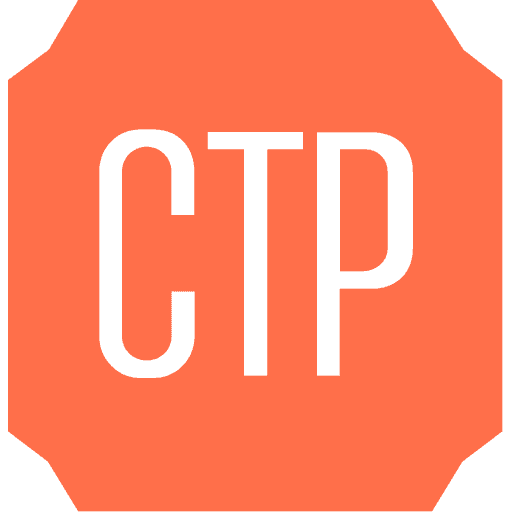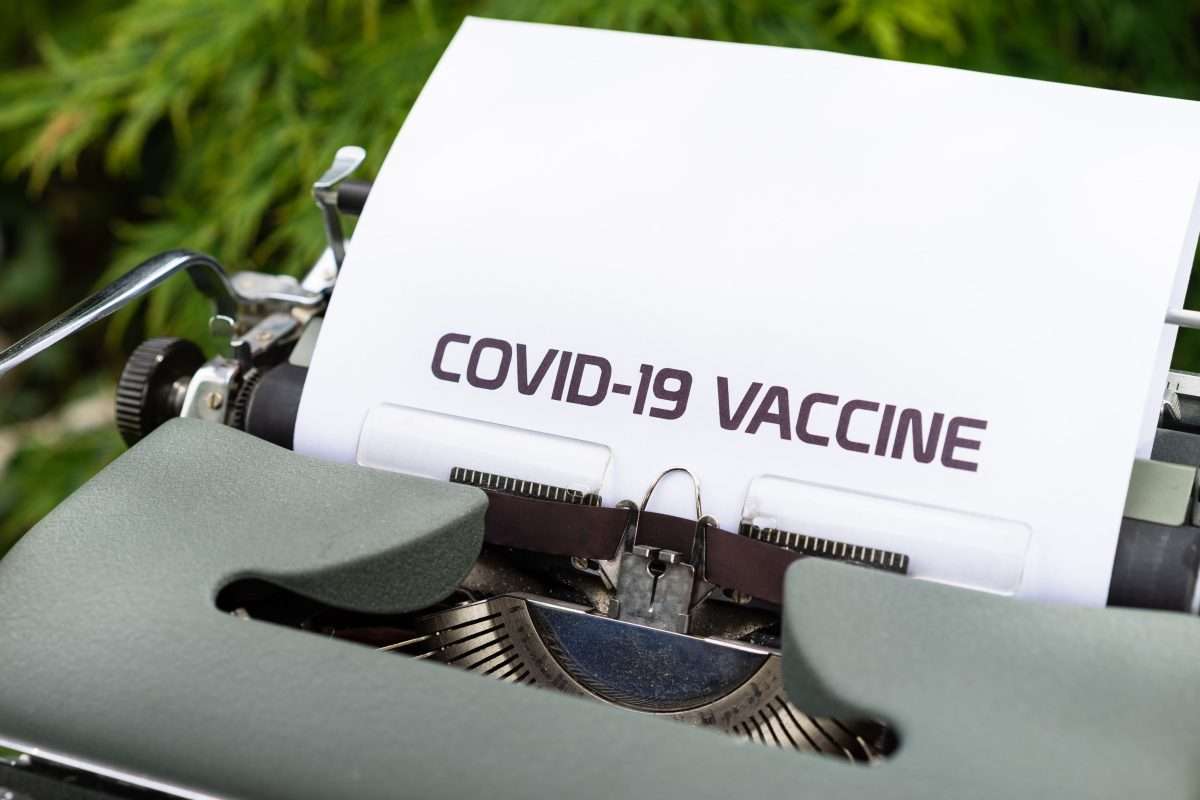As of January 22, 47% of Americans were hesitant to get the vaccine. We as marketers know that effective communication is the key to changing consumer mindsets and behavior. So we asked CTPers: What do you think needs to be done from a communications standpoint in order to raise the confidence level of consumers so they are more likely to get vaccinated?
It’s eye-opening that nearly 1 in 3 Americans say they definitely or probably would not get a COVID-19 vaccine, according to a recent survey from the Associated Press-NORC Center for Public Affairs Research. The primary reasons being the potential for side effects and a wait-and-see attitude.
What we need is a communications program that effectively links macro level messaging that assuages any concerns with micro level messaging that’s accurate, informative, updated and transparent around logistics. More and more trusted people, across all communities, showing that they’ve taken the vaccine. With a clearer connection around why that matters to me, in clear and simple terms.
And through all of it, one that emphasizes the amazing success that the vaccines are having. They’ve significantly reduced hospitalizations, virtually eliminating deaths. Yet so much of what we hear is alarmism. It’s not 100% effective. Variants may make this worse. What’s the point since I still need to wear a mask. Or what someone mentioned to me the other day: “Oh, I heard you can still get sick after the vaccine.” There may be some basis in truth to all of these. But the emphasis on these masks the primary message and creates damning, real-world costs.
Caution and skepticism have turned the public messaging into uncertainty. All parties involved – media, politicians, academics – have a responsibility to create more clarity on the success and the immense societal benefits. One of the realities here is that the broader public has been exposed to drug development in a way they never have, and never really cared, to know. The lack of clear, streamlined communication has made it increasingly difficult for people to understand. It’s time that those messages are simplified, amplified and focused on what really matters. – Todd Graff, SVP Public Relations
If getting your COVID vaccine were a marketing campaign, I think we need to talk to our target audience almost as if they’re toddlers. I’m certainly not implying condescension in tone, but rather that we reinforce the idea that getting a vaccine is a choice, and remind people why it is not only a smart and considerate choice, but one that is beneficial to THEM. As soon as people start feeling like the government is making them get a vaccine, is when they won’t just for that reason. So the emphasis on individualized choice is key.
Beyond that, I think influencer and word of mouth marketing could play important roles here. As annoying as it is to see everyone post photos of their vaccine cards to their Instagram stories, peer pressure works. So I think the more celebrities, politicians and members of the general public communicate not only that they got their vaccine, but WHY, the better. Social media influence is powerful, and if a trusted, authentic voice advocates for the vaccine, the reach could be exponential. – Lizzie Morrill, Senior Brand Manager
The more people see others they can relate to who are getting the shot, the better. Even more effective than celebrities and higher profile spokespeople. – Grant Pace, Executive Creative Director
I feel Charlie Baker’s initiative to provide companion vaccines was an amazing marketing ploy. By offering a vaccine to those who are bringing older people to the appointment, two things are accomplished. 1) It helps get the elderly vaccinated and the companions are familiarizing themselves with the portal system they will eventually use. 2) People and consumers look to the elderly for advice and guidance so having them have a positive experience to tell others about is a valuable first step. We really need an all hands on deck PR approach here to quickly get out the word that the vaccines are safe and easy to get. This is just one way to fight this stigma on two fronts. – Will Claflin, Director of Creative Content
There are some people that use the flu as a comparison. Some people got the flu from the vaccine. Therefore with the COVID vaccine, you might get it. Leaders should communicate the differences between the seasonal flu and COVID. More information about how they went through the process of ensuring that the vaccine works. Talk about the process the scientists went through to get to a working vaccination. Put the information up front. Just as I do my research on the best TV.
I would like to have all of the information about the vaccine in an easy to digest location. Make it interesting. People need to trust science and in order to do that, there needs to be a way to communicate it to the general population so that it’s insightful, that it’s visually appealing, that it works in some of the same aspects that attract us to buying products.
What does a vaccine provide me? A future vacation to Europe? A stress free hang with the family? A peaceful future? – Corey L’Esperance, Senior Video Content Editor
I think that there’s a comfort level barrier for some people because they “don’t know what is in it” and it “hasn’t been studied enough yet.” To those people, I would communicate what so many memes are eloquently communicating already…If you (drink soda, smoke cigarettes, eat McDonalds, the list goes on and on and on…and on), then you shouldn’t be afraid of what’s in the vaccine. – Nikki Peters, Management Supervisor

